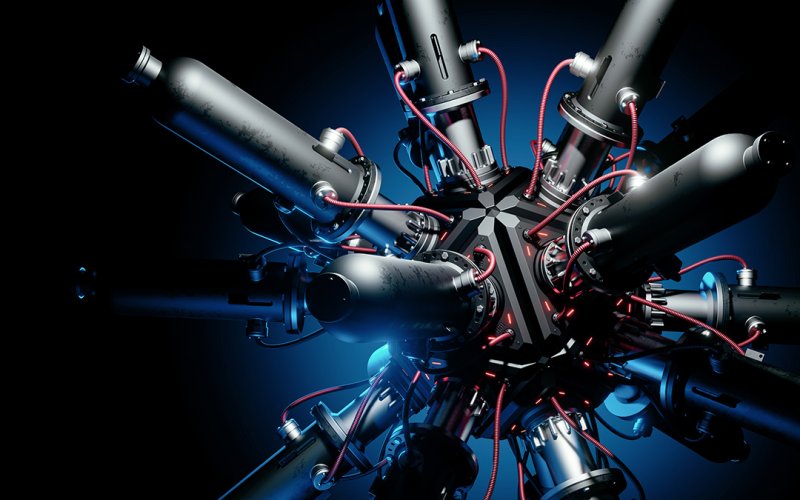On the Earth, scientists are trying to ignite a fusion reaction between deuterium and tritium at extremely high temperatures of around 150 million degrees. But completely different reactions take place on the Sun, moreover, at much lower temperatures. Why are we trying to do something that is untested when we have a fusion reaction tested by nature and working, which, furthermore, does not require such extreme temperatures?
There are many types of fusion reactions that release energy when the nuclei of light atoms fuse. Except for the different temperatures required for their ignition, they have different cross-sections and yields which are parameters that are crucial for the energy use of fusion.
In simple terms, the cross-section tells how big the chance is that under suitable conditions, the particles will be able to collide with each other and perform fusion. If the cross-section is large, most particles will successfully collide and fuse. If it is small, fusion will occur only occasionally. The larger the cross-section is, the more interesting the reaction is for us because it means that once we create suitable conditions for the particles, intense fusion will occur. The yield then means the amount of energy we get from the reaction. The higher the yield, the more interesting the reaction is for energy. Unfortunately, the reactions that have been successfully executed by the Sun for several billion years belong to the category of those with a very small cross-section. The p-p reaction, which dominates in the core, has a cross-section so small that it cannot even be measured experimentally. The average proton is thought to wander through the core for several billion years before it fuses and this is just the beginning of a whole chain of reactions that culminates in a helium nucleus.
Traversing the entire p-p chain then releases 26.73 MeV of energy. So the Sun shines and warms only thanks to its enormity. Despite running a very inefficient fusion reaction, it burns 500 million metric tons of hydrogen every second, producing 384.6 yottawatts of energy. We have much less space available on the Earth and therefore we cannot afford such an inefficient reaction. We try to ignite a reaction with the highest possible cross-section and good yield which is, for example, the reaction of deuterium with tritium. We have to reach much higher temperatures, around 150 million degrees, but still, this reaction can provide a lot of energy for us. Simply, if we want to use fusion energy on the Earth, we have to be much better than the Sun.
Want to ask something?
Send us an e-mail with the subject “Physics mysteries” to the address:
We can't wait to tackle your interesting questions!





